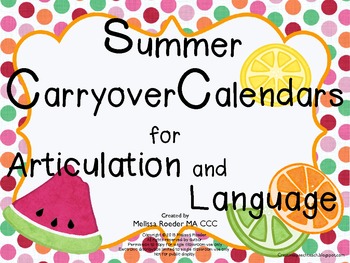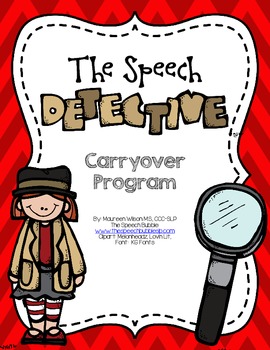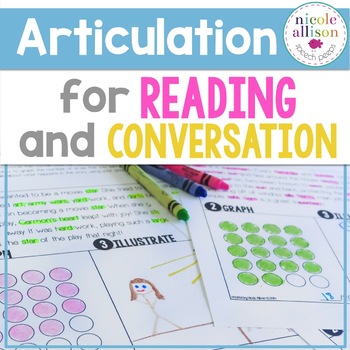Articulation Reminders
Do you have that student that doesn't make any articulation errors in speech therapy (even at the conversation level) and then the minute they leave the room they don't carry over their skills...
I have students who don't generalize their sound. Its like the minute they leave speech the switch flips and they make their error(s) again. I have a student who has a lateral lisp and can read, and use /s/ correctly in conversation during speech therapy but when I observed him in his class he continued to lisp. Carryover tips- I need you!!
I had made an /s/ for his desk to help remind him but now I need to try something else. As you can see from this /s/ it has seen better days! It worked for a while but now I am at a point where I need to try something new.
Here are a few ideas I've come up with...
1. Getting parents and teachers to give the students cues. Make sure to have the parent/teacher and student all aware (obviously!) of the cue and to use it consistently. Try to use something that won't draw a lot of attention so the child isn't embarrassed at school or in class.
Here are a few carry over products that look really cool and useful!
Free!
2. Reading aloud with parents or speech partners to practice their sound in conversational speech. While reading you can use rhymes, riddles and tongue twister to make it more fun and spontaneous.
Here is a product from Nicole Allison that is useful for reading and conversation practice!
3.Turn the tables....Have the child incorrect your productions of their target sound.
This can be really fun and it takes the pressure off of them for a few minutes.
4. Have the child self-monitor during specific times and activities during the day and in therapy. If they are unaware of their errors they will never be able to fix it.
5. Video- take videos of the child and then let them watch to pick out errors and correct productions.
For data at the conversation level I found this great sheet. You use this form to write the words of the sound you are targeting- on the left the words in conversation level that are correctly produced and the right the incorrect production.
Let me know what your tricks of the trade are for carry over!!
Comment below!
Cheers,
Mindy
















0 comments:
Post a Comment